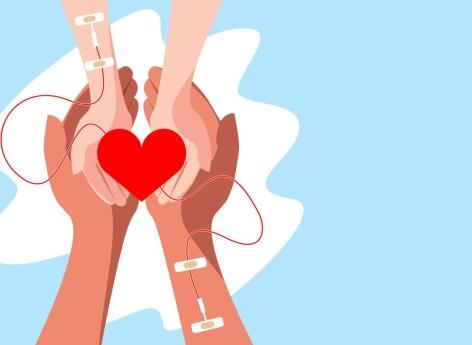Any recent iPhone owner knows that a case is important, with the latest models being made of breakable glass plates costing hundreds of dollars. A case then seems to be a wise investment to extend the life of your smartphone. But this protection may damage the battery.
Let’s go back a bit. Apple designs its devices so that they perform better at room temperature. If the ideal temperature for an iPhone is between 16 and 22°C, their comfort zone is between 0 and 35°C. Everything below is too cold, everything above is too hot.
35°C seems pretty high, but I’ve seen iPhones get quite hot while charging. But do they get close to that heat zone when they’re in a case? Here’s what Apple has to say about it: “Charging your device while it’s inside certain styles of cases can generate excessive heat, which can affect battery capacity. If you notice your device getting warm when charging it, take it out of its case first.
Test with an iPhone 13 Pro Max
Note that when Apple says a case “may generate excess heat,” that’s not entirely accurate. What happens is that the case acts like a sleeping bag and traps heat.
There’s no better way to test this than to grab a multimeter with a thermocouple and start testing. I slid the thermocouple between the iPhone and the case and put it on charge. The test subject was my iPhone 13 Pro Max, and I tested a number of cases for a few days.
Before going further, know that this is not a scientific test. I’m not going to pit one case against another, and I’m not going to say that one type of case is better than another. My goal here is to see if I can get the iPhone to reach, or exceed, that 35°C temperature. The ambient room temperature during the test was around 16°C.
Case or no case? That is the question
Here is what I discovered:
- With low-power 5W chargers, the iPhone stayed in the comfort zone no matter what case it was in.
- With more powerful USB-C chargers, the temperatures of some cases were very close to the heat limit.
- Using the iPhone while charging on a more powerful USB-C charger caused the temperatures to spike, and I was able to repeatedly bump them into the too-hot zone.
- Silicone cases seem to keep the iPhone cooler than rubber ones.
And remember that these tests were performed at the cooler end of the ambient temperature range. Like I said, it’s unscientific, but it seems Apple is right when it says cases can cause iPhones to overheat by preventing them from cooling properly.
Does this contribute to battery wear? Highly possible. Should you stop using a case? Probably not, as it may contribute to even more wear and tear on the iPhone when you smash the screen.
If your iPhone feels warm when charging, move it to a cooler location or remove the case. You can also use a slower 5W charger, which seems like a safer choice.
Source : ZDNet.com
–


